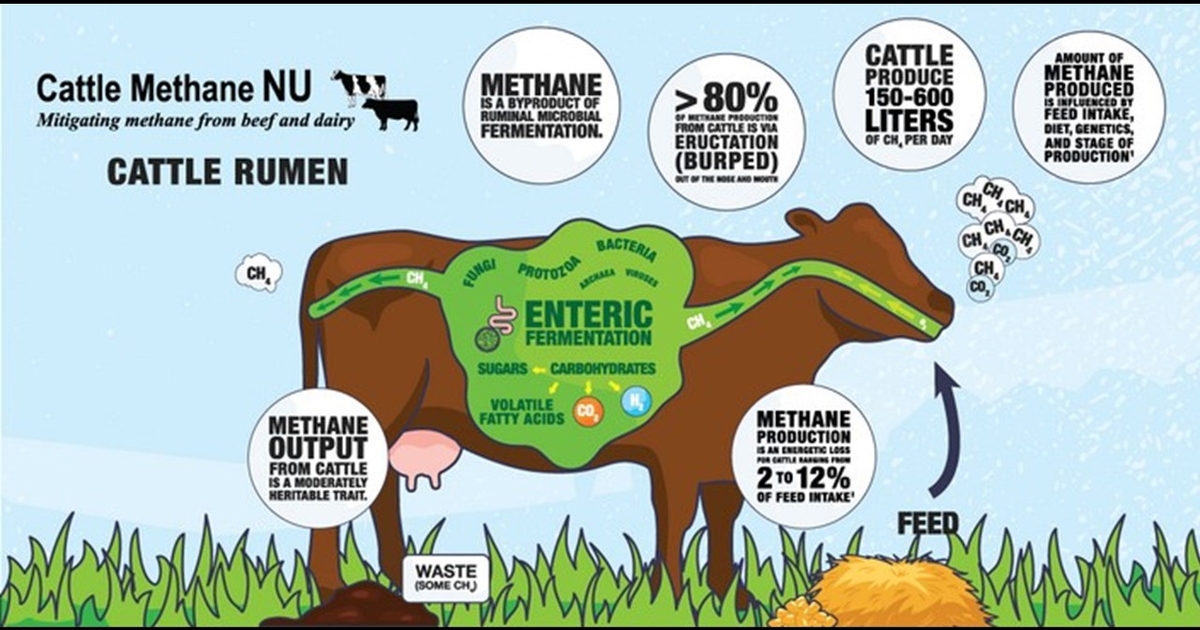Preparing cattle producers for foreign diseases such as FMD
Posted on May 9, 2024
Source: Farm Progress. The original article is posted here.

Foot-and-mouth-disease is a severe and fast-spreading viral disease that can affect all cloven-hooved animals.
The disease was discovered in the United States in 1870 but eradicated in 1929, according to the USDA Animal and Plant Health Inspection Service. The disease is present in nearly 70% of cloven hooved animals worldwide.
It hasn’t returned to the U.S. – yet.
The goal of a new project led by Oregon State University Extension Service is to create a fast-acting information network among Cooperative Extension agents and veterinarians in the departments of agriculture in three western states – Oregon, California and Idaho – to prepare for foreign diseases such as FMD
Sergio Arispe, OSU Extension livestock and rangeland field faculty in Malheur County and associate professor in the College of Agricultural Sciences, has been awarded nearly $75,000 from enhance biosecurity and mitigation of foreign diseases for cattle producers in the three states.
The grant, from the Western Extension Risk Management Education Center through the USDA's National Institute for Food and Agriculture, comes at a good time, Arispe said, considering the recent development of highly pathogenic avian influenza crossing over into the nation's dairy cattle population.
The project aims to mitigate profit, production and financial risk to cattle producers in the case of a foreign transmitted animal disease, such as FMD, by collaborating with state veterinarians and Beef Quality Assurance coordinators and trainers to increase trainings and certifications.
The goal is to reach at least 500 cattle producers across the three states, Arispe said.
'Train the trainer' model
The Beef Quality Assurance program, developed by the National Cattlemen’s Beef Association, is meant to promote safe and wholesome beef. Major beef packing plants require Best practices taught in the BQA curriculum inherently mitigate risks and maximize profits for cattle producers.
The project is using a “train the trainer” model for Cooperative Extension employees who can further broadcast the information through their networks to cattle producers before a potential outbreak.
The trainings will include presentations and updates to the current BQA curriculum. The trained Cooperative Extension agents from these workshops will go on to present at state cattlemen’s association meetings and work locally with producers.
“The Extension personnel in these three states then go out and amplify that message, through Extension publications, workshops and presentations to cattle producers,” Arispe said. “The local agents have more trust in the community and they have more contacts.”
Arispe said increasing the dissemination of information will help cattle producers be prepared for a foreign animal disease outbreak.
“Foot-and-mouth disease is the most transmissible disease to all cloven hooved animals worldwide,” Arispe said. “Our efforts would be the same for trying to mitigate production risk, market risk and financial risk for foot-and-mouth disease but it could be for any foreign animal disease that may come. The same approach and the same measures would be appropriate.
“So the question at hand is: If there was a foreign animal disease that came to the United States like foot-and-mouth disease what would that process look like for cattle producers and what would happen to transport?”
A key aspect to this project is educating producers on the local, state and national protocols if there is a foreign disease, he said.
“At any given time there are about three million animals on our highways, or in our planes or boats,” he said. “There will be at least a 72-hour national standstill declared by the USDA for all cloven-hooved animals if foot-and-mouth disease is ever found in the United States. A lot of producers don’t know that and that’s only the beginning.”
The team will also be available to work with producers to create an enhanced biosecurity plan, which can clear them for transportation in the event they are in a high-risk area of a foreign disease.
This would prevent some of the financial issues a producer would incur if they were unable to transport their livestock offsite.
“Our efforts aim to have enhanced biosecurity plans complete for least 20% of the confined cattle population within each state,” he said.
“This project aims to provide a basic overview and proactive activities and measures that people can take to mitigate production market and financial risks, and the process by which cattle producers can resume business,” Arispe said.
Those who are interested in learning more about the Cooperative Extension Secure Beef Supply programming in their state can contact: Arispe , Gabriele Maier and Lais Costa in California and Meranda Small or Mireille Chahine.

.jpg?disable=upscale&width=1200&height=630&fit=crop)


